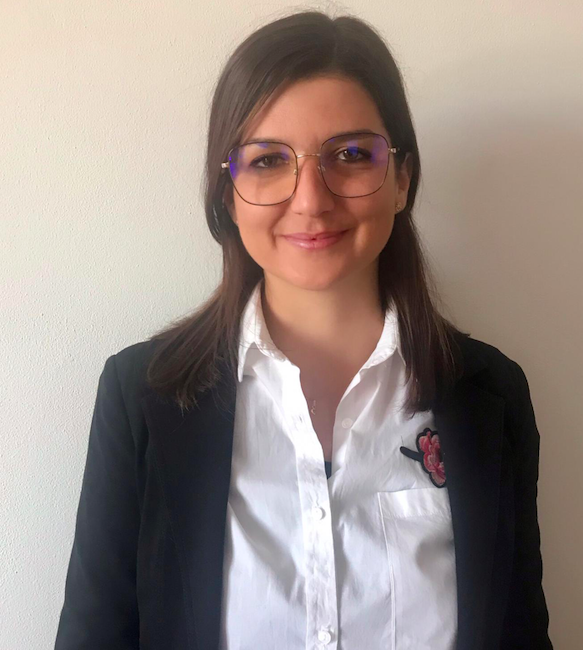
Curriculum
Computer Science for Societal Challenges and Innovation, XXXVI series
Grant sponsor
Fondazione Bruno Kessler
Supervisor
Caterina Novara
Co-supervisor
s
Silvia Gabrielli (FBK)
Project: A user-centred approach to relaxation and anxiety management in clinical and non-clinical settings: the use of customized virtual reality scenarios experienced independently or in combination with web-based relaxation training
Full text of the dissertation book can be downloaded from: https://www.research.unipd.it/handle/11577/3511456
Abstract:Virtual reality (VR) is widely used to treat various mental diseases and helps facilitate multisensory stimulation, sense of presence, and achievement of relaxation. Recent research shows that VR scenarios represent, for instance, visual and auditory elements of natural relaxing environments can facilitate learning relaxation techniques, such as Progressive Muscle Relaxation Training (PMR). The customization of the VR scenarios could be an element that further facilitates relaxation, allowing participants to experience more realistic emotional conditions, increasing relaxation, sense of presence, and perception of security in the virtual context. Due to a lack of research in the field, the main objective of the current Ph.D. thesis is to investigate if customized, relaxing VR scenarios, used alone or in association with standardized relaxation training protocols, allow the management of anxiety. The first study investigated anxiety symptoms, user experience, and individual preferences regarding exposure to a customized and non-customized relaxing VR environment combined with a Body Scan audio track-based guiding session. The study was based on a crossover design and a mixed-method approach with a convenience sample of 20 individuals from a non-clinical population. Findings indicated that customized scenarios could enhance the subjective perception of relaxation, immersivity, and pleasure compared to noncustomized virtual settings. The second pilot study further investigated the role of standard exposure to relaxing Guided Imagery (GI) with PMR to enhance the perception of relaxation and the role of VR in overcoming possible limitations of in-imagination exposure compared to the usual procedure. The study is a randomized pilot study on 108 individuals from a university sample. The aims were to understand if VR helps to 1) enhance relaxation and decrease anxiety, and 2) recall the image and be immersed in the relaxing scenario in a latter self-directed session even without the use of VR. Another aim was to investigate the role of two different web-based procedures in reducing state anxiety during the first learning session of the PMR. The main results indicated that customized virtual scenarios can promote a greater reduction of the self-perceived state anxiety compared to the imaginative condition and recall the strategies learned during the relaxation protocol. The last proof-of-concept study investigated the impact of customized-relaxing VR scenarios to manage anxiety on a sample of 23 participants with cognitive impairment. The primary objective was to assess the impact of VR on motion-sickness, engagement, and pleasantness in older adults living with cognitive impairment and residing in long-term care. The current study intended to provide personalization of visual and audio stimuli by offering a selected number of outdoor settings. For this reason, the secondary aim was to investigate if customized, relaxing virtual environments can positively impact feelings and state anxiety. A third goal was to investigate the usability of the VR apparatus from the perspective of long-term care health staff and understand feasibility in clinical settings. Reports showed that the exposure to the VR apparatus was well tolerated, and no severe or notable adverse side effects were reported. Exposure to virtual environments adapted to users’ preferences and needs prompted reactions, such as reminiscence of melancholic memories, the aesthetic appreciation of what they saw, and the sense of safeness and protection in an appreciated context. The general increased relaxation state and the reduction in worry/anxiety post-VR support the hypothesis that VR can serve as a stress-reducing experience.